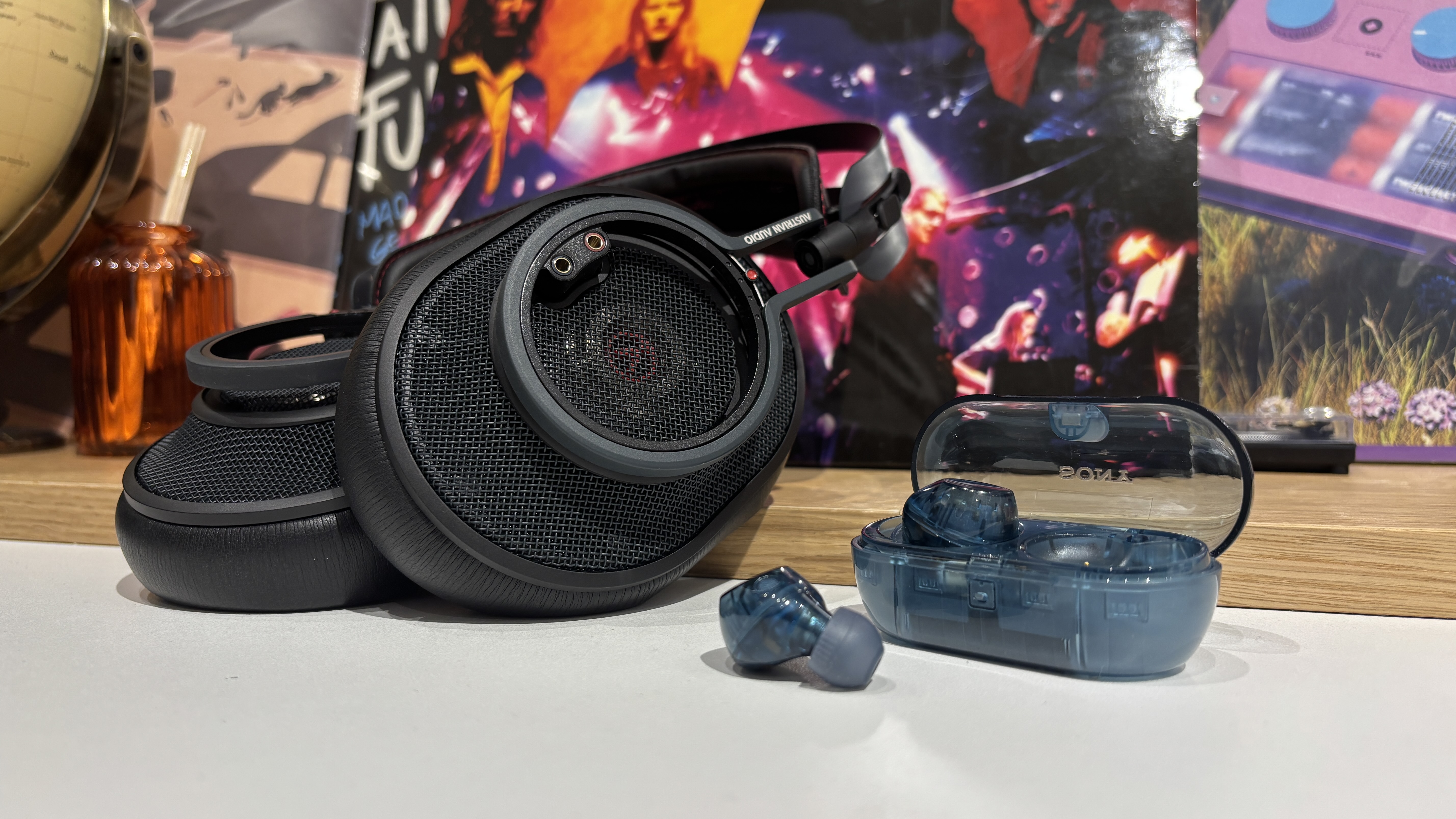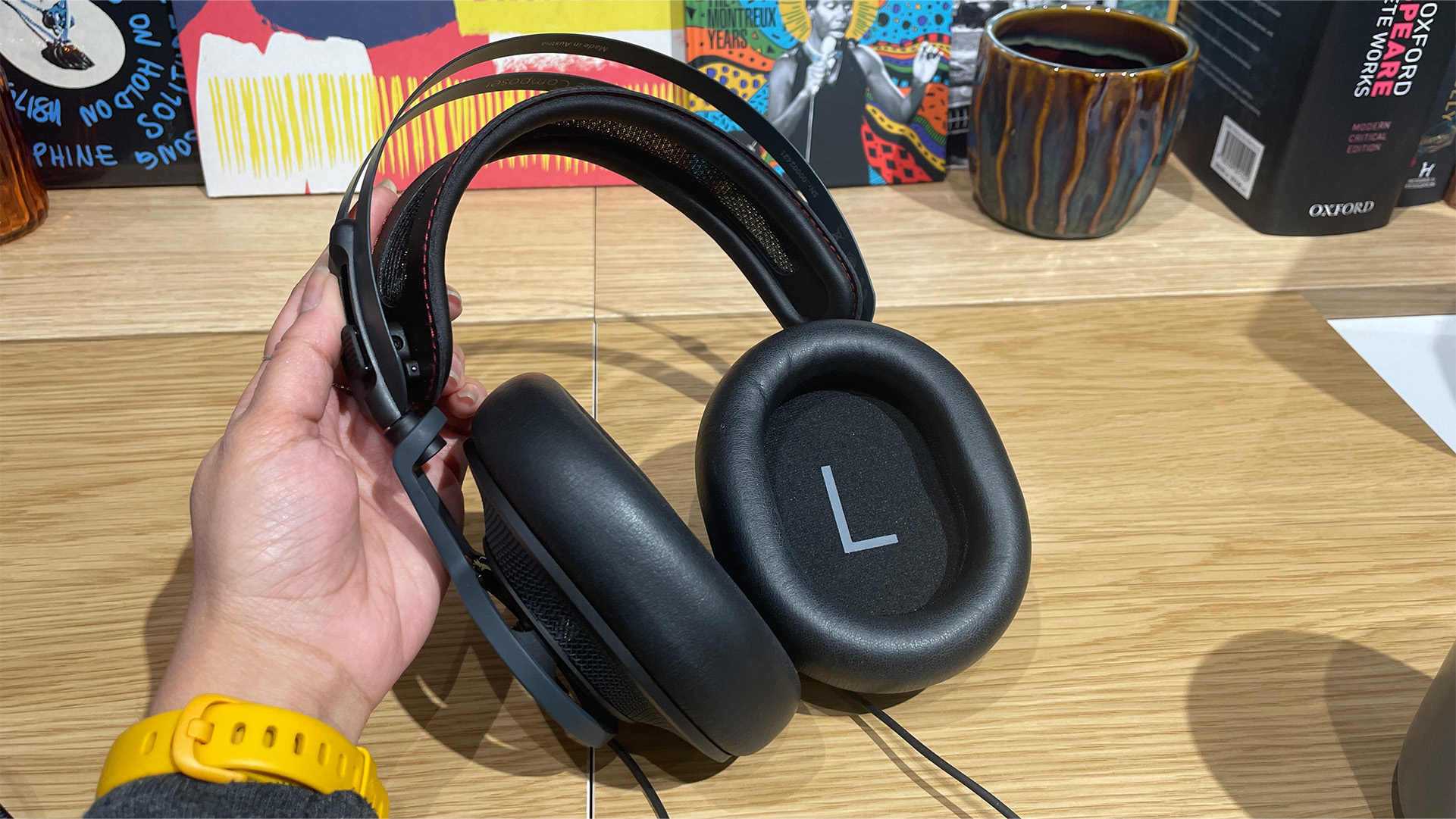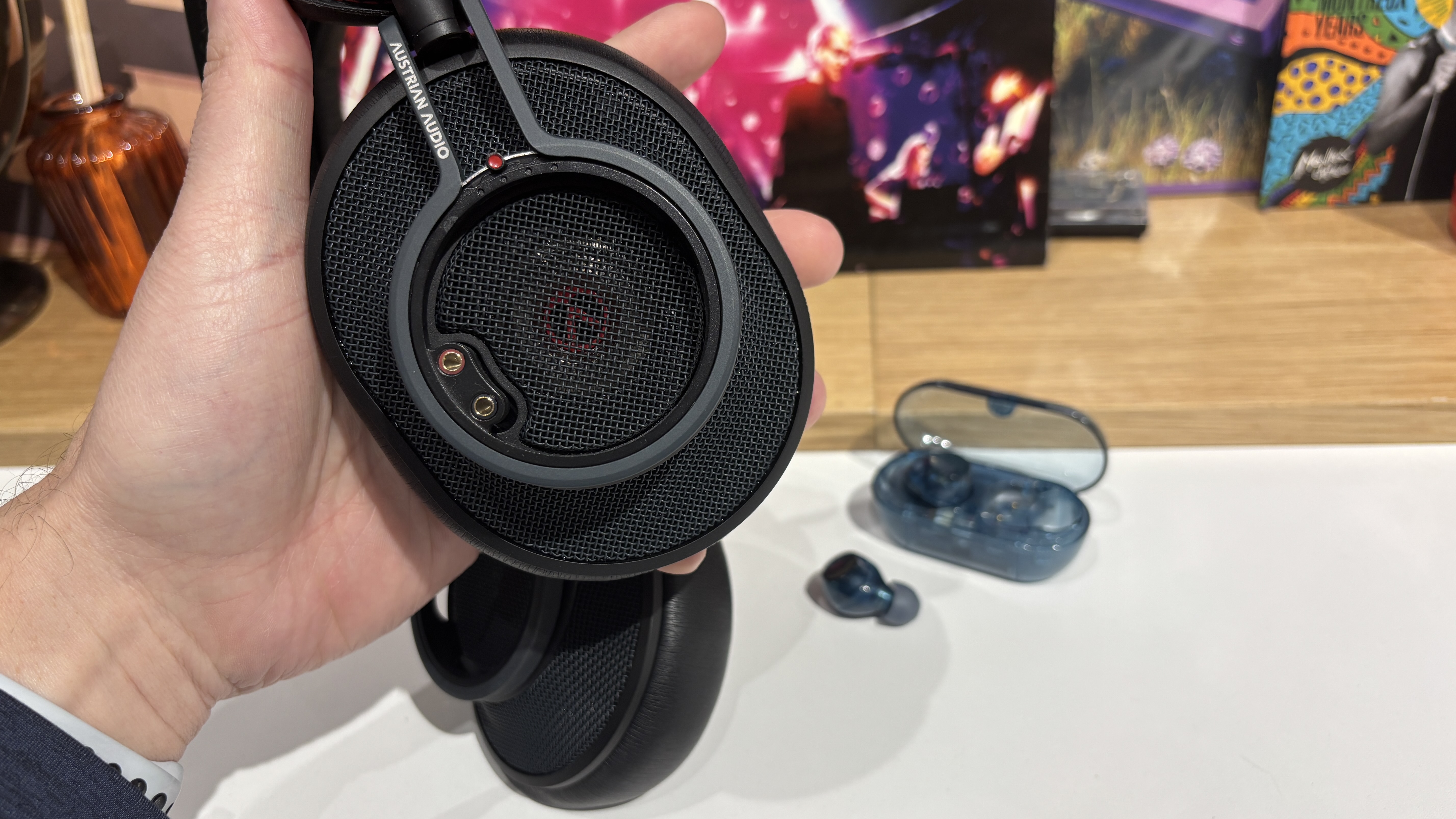Why do in-ear and over-ear headphones sound so different?
Two different styles, two different approaches to delivering sound…

In-ear or over-ear? Which is your preferred type of headphones and why? For many people, this is dictated by style, practicality and portability.
If you’re planning on using them virtually seven days a week, then comfort, fit, and the inclusion of clever, useful features are as much of a reason to buy a particular pair as sound quality.
Speaking of which, does how each type sounds come into your thinking? Is there something about the sonic delivery of an in-ear pair that you just prefer over over-ears, or vice versa? If so, have you ever wondered why that is and why the two sound so different?
Each design fundamentally changes what you’re hearing. When it comes to picking between them, it’s not like you’re choosing between two different models. You’re effectively choosing between taking a bike or a car to work.
Below, we run through three reasons why in-ears and over-ears sound so different…
Size of drivers

Obviously, physics plays a huge role here, and one of the biggest differences is the size of the driver unit that each style uses. A pair of in-ear headphones typically has a driver around four or five millimetres, but in a pair of over-ear headphones, you’re talking about maybe a 40mm or 50mm driver, which is quite a significant jump.
If you do the maths, there’s one hundred times the surface area on a 50mm drive unit versus a five millimetre unit. Think about what this means for the volume of air that each driver can physically move.
Get the What Hi-Fi? Newsletter
The latest hi-fi, home cinema and tech news, reviews, buying advice and deals, direct to your inbox.
The larger driver moves less and distorts less, meaning you can do a lot with this style compared to an in-ear that requires greater manipulation and control to get the desired sound.
How they use your ears
In-ear headphones directly bypass the outside of your ear, while over-ears send sound over it.
They use that entire area so the natural filtering of sound done by the natural contours of your ear stays intact. This dramatically affects what you hear.
With in-ears, you’re removing the filter from the equation, so suddenly listening to a piano, say, through a pair of buds lodged in your ear canal will sound different to the same instrument heard using the whole workings of your outer ear.
Proximity of drivers

Think of just how close the in-ear driver is positioned in your ear compared to the over-ear.
This proximity means that more of the information makes it to your eardrum, giving more detailed results. As a result, you might find that in-ears can sound faster and punchier.
These are only three reasons why the two styles sound so different. And this is before you bring things like the addition and execution of features like noise-cancelling.
In-ear headphones are restrictive in terms of size and how much space manufacturers have available to work with. Larger over-ear headphones have more room inside their enclosures for more noise-cancelling mics and larger processors, and there’s also greater flexibility with where they can be positioned.
It’s worth remembering too, that over-ears also add an element of noise-isolation from the off, thanks to the seal they create between the earpads and your head. It’s no coincidence that the best noise-cancelling earbuds can’t match the abilities of the best over-ear pairs.
There’s no right or wrong answer as to which pair you should choose, of course – it’s all a matter of personal taste – but we thought it might be helpful to explain what’s going on with each type and why you might prefer one to the other.
MORE:
Our pick of the best headphones for every budget
How to choose the right pair of headphones for you
How do active noise-cancelling headphones work? Are they worth it?
Andy is Deputy Editor of What Hi-Fi? and a consumer electronics journalist with nearly 20 years of experience writing news, reviews and features. Over the years he's also contributed to a number of other outlets, including The Sunday Times, the BBC, Stuff, and BA High Life Magazine. Premium wireless earbuds are his passion but he's also keen on car tech and in-car audio systems and can often be found cruising the countryside testing the latest set-ups. In his spare time Andy is a keen golfer and gamer.
You must confirm your public display name before commenting
Please logout and then login again, you will then be prompted to enter your display name.
